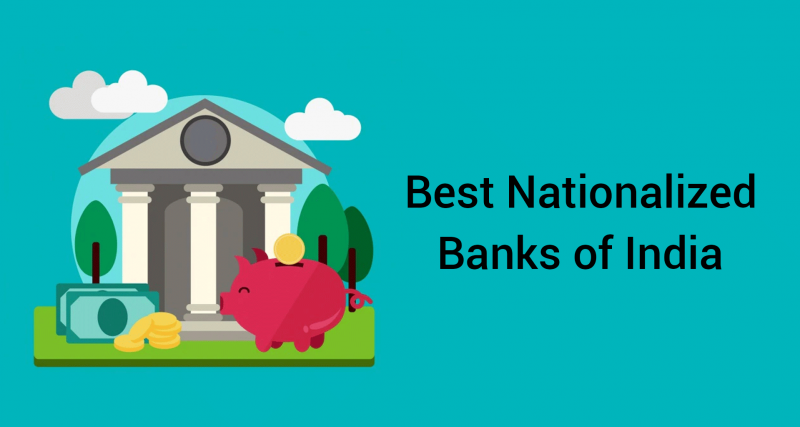On this page Show
A bank is a financial institution that deals in money and its substitutes. It is authorised to accept deposits from the public and issue various financial facilities such as loans, fixed deposits, mutual funds, etc.
Banking in India started in 1770 with the establishment of the Bank of Hindustan, which got liquidated after a few years of serving the public. During this time, SBI came into existence as the Bank of Calcutta and today, it is known as the oldest running bank in the country.
Over the years, various developments in banking rules and infrastructure took place. And gradually, the banks have become an institution of majorly participating in economic and financial growth.
Later in 1935, the RBI (Reserve Bank Of India) was established as a central authority to regulate the system. Post-independence, it took various measures to improve the economic condition of the country and develop it further.
And nationalising the banks was one of the major decisions. To uplift the economic value and system, the government nationalised 14 major private banks in 1969 and 6 more in 1980. In 2020, merger of the banks took place, and hence, today, we have a total of 12 government banks in India.
What Does a Nationalised or Government Bank Mean?
Any bank that is owned or controlled by the government is known as a Nationalised bank or a public sector bank, or a government bank. These are the banks that were previously possessed by private players but later acquired by the government because of financial or socio-economic exigencies. In such kinds of banks, the ownership structure includes more than 50% stake of the government. While some private business people own a share in government banks, the government remains the majority shareholder, and they have the right to bring any subjective changes or modifications as per the requirement.
List of the Best Government Banks in India
As per the RBI banks list 2022, there are 12 nationalised or government banks in India. Here is a list of all the best government banks with their taglines and headquarters for a quick reference.
| Government Banks | Headquarters | Tagline |
|---|---|---|
| Punjab National Bank (Oriental Bank Of Commerce and United Bank Of India merged with PNB) | New Delhi | The name you can Bank Upon |
| State Bank of India | Mumbai | Pure Banking, Nothing Else |
| Indian Bank (Allahabad Bank merged with Indian bank) | Chennai | Banking That’s Twice As Good and Your Own Bank |
| Bank of Maharashtra | Pune | One Family, One Bank |
| Union Bank of India (Andhra Bank and Corporation Bank merged with UBI) | Mumbai | Good people to bank with |
| Canara Bank (Syndicate Bank merged with Canara Bank) | Bangalore | Together we can |
| Punjab and Sind Bank | New Delhi | Where Service Is A Way Of Life |
| Bank of India | Mumbai | Relationships beyond Banking |
| Indian Overseas bank | Chennai | Good people to grow with |
| Bank of Baroda | Alkapuri, Vadodara | India’s International Bank |
| UCO Bank | Kolkata | Honours Your Trust |
| Central Bank of India | Mumbai | Central To you Since 1911 |
Let’s have a deeper look and learn more about each of these best government banks.
1. State Bank of India
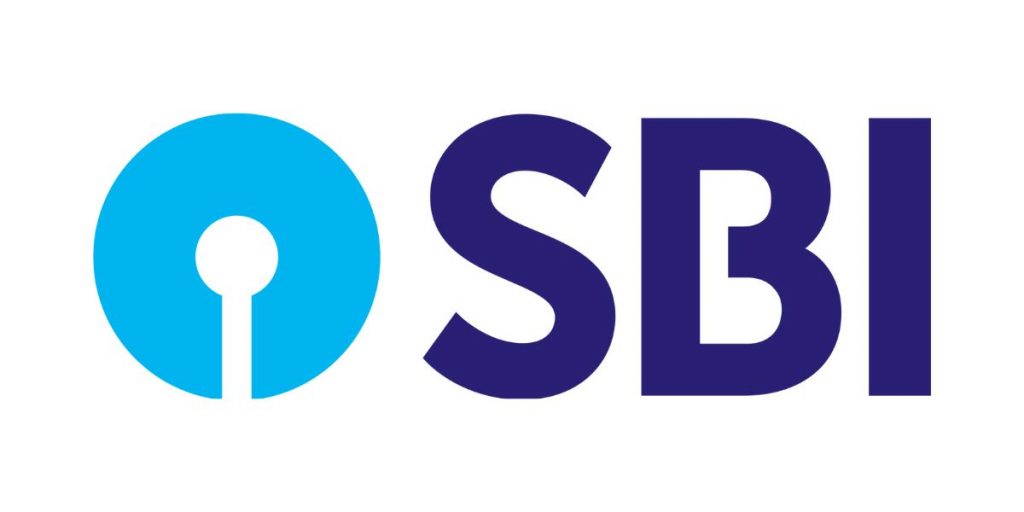
The SBI, a.k.a. State Bank of India, is the largest public sector bank in India. It is an Indian multinational government-owned bank and financial services body that holds 1st position in India and 43rd position in the world as the largest bank. The roots of the bank go back to the first decade of the 19th century with the establishment of the Bank of Calcutta. Later, it merged with 5 associates banks, and finally, in 1955, it became the State Bank of India. It has a rich heritage and legacy of over 200 years, and today, it accredits as the most trusted bank in the country.
- Founded: 1 July 1955
- Headquarters: Mumbai, Maharashtra, India
- Chairperson: Dinesh Kumar Khara
- Braches (2020): 22,219 (India) and 229 (In 31 other countries)
- ATMs (2020): 62,617
- The number of employees (2021): 245,642
2. Punjab National Bank
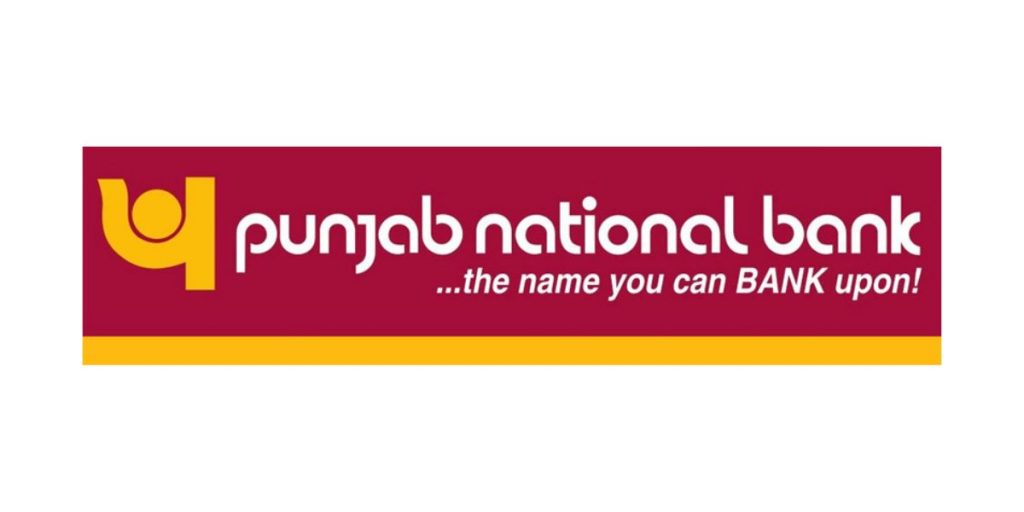
Punjab National Bank, abbreviated as PNB, is a government-owned bank which is considered to be the second-largest bank both in terms of business volumes and its network. Recently in 2019, the finance minister announced the merger of the Oriental Bank of Commerce and United Bank of India into PNB in order to improve it in terms of assets and branches and make it one of the largest banks in the country. Apart from India, it has a banking subsidiary in the United Kingdom and branches in Hong Kong, Dubai, Kabul, and Kowloon as well.
- Founded: 19 May 1894
- Headquarters: Dwarka, Delhi, India
- MD & CEO: Atul Kumar Goel
- Braches (2022): 10,098 (National) and 2 (International)
- ATMs (2022): 13,350
- The number of employees (2020): 1,03,000
3. Bank of Baroda
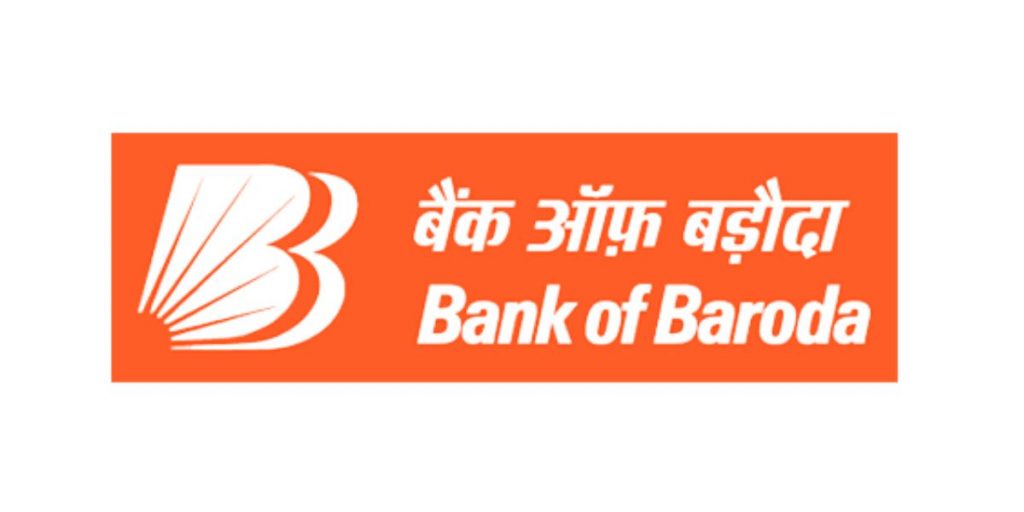
The third-largest government bank in India, the Bank of Baroda, was founded in 1908 by the Maharaja of Baroda – Maharaja Sayajirao Gaekwad III. Later in 1969, it got nationalised and designated as a profit-making public sector undertaking (PSU). Over the years, it has served more than 132 million customers both nationally and internationally. It has a global presence with more than 100 subsidiaries and branches in approximately 17 countries. In 2018, the merger of Dena Bank and Vijaya Bank with BoB took place, making it one of the largest banks behind SBI and ICICI Bank.
- Founded: 20 July 1908
- Headquarters: Vadodara, Gujarat, India
- Chairperson: Hasmukh Adhia
- CEO and MD: Sanjiv Chadha
- Braches (2020): 9,500
- ATMs (2020): 13,400
- The number of employees (2021): 85,000
4. Bank of Maharashtra

Founded by VG Kale and DK Sathe in Pune in 1935, the Bank of Maharashtra is another nationalised bank that operates under the ownership of the Ministry of Finance, Government of India. It got nationalised in 1969 with 12 other banks. As of March 2022, the bank has a customer base of 29 million and the largest branch network in the state of Maharastra. The bank works across multiple banking and finance segments and offers services like savings and current accounts, savings deposits, debit and credit, term deposits, loans, mobile and internet banking, and more.
- Founded: 16 September 1935
- Headquarters: Lokmangal, Shivajinagar, Pune, India
- MD & CEO: A. S. Rajeev
- Executive Director: A. B Vijayakumar
- Braches (2022): 2022
- The number of employees (2020): 13,048
5. Canara Bank
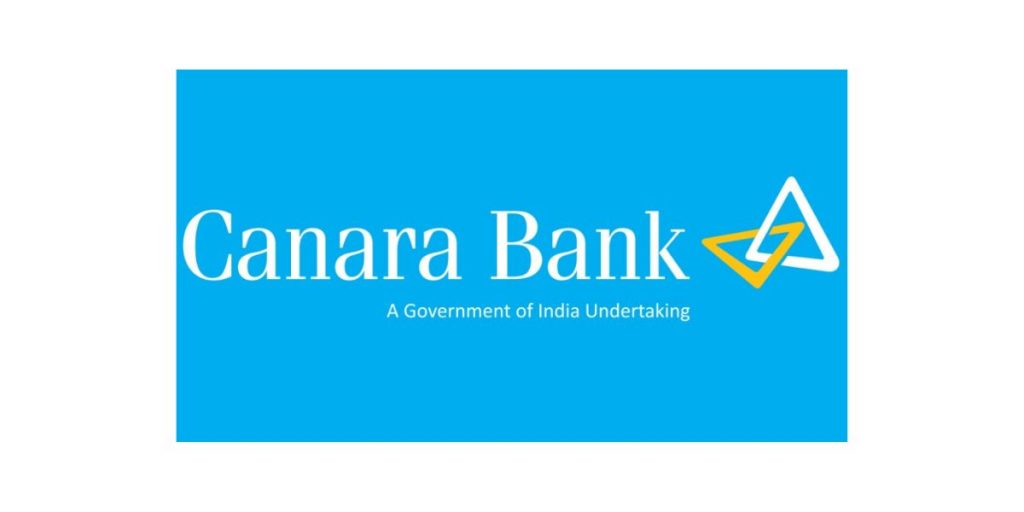
Primarily known as Canara Hindu Permanent Fund, Canara Bank was founded by Ammembal Subba Rao Pai in 1906 in Mangalore. Then in 1910, it was renamed Canara Bank, and in 1969 it was nationalised by the government of India. Over its years of existence, the bank has gone through several phases of growth and managed to attain the status of a national-level player in India. However, it has its offices in other countries as well, including South Africa, Dubai, New York, Hong Kong, London, Bahrain, Tanzania, Moscow, etc. Along with offering multiple financial and banking products, the bank is known for helping common people improve their economic conditions in every possible manner.
- Founded: 1 July 1906
- Headquarters: Bangalore, India
- MD & CEO: Lingam Venkat Prabhakar
- Braches (2022): 9,734
- ATMs (2022): 12,208
- The number of employees (2021): 88,213
6. Indian Bank
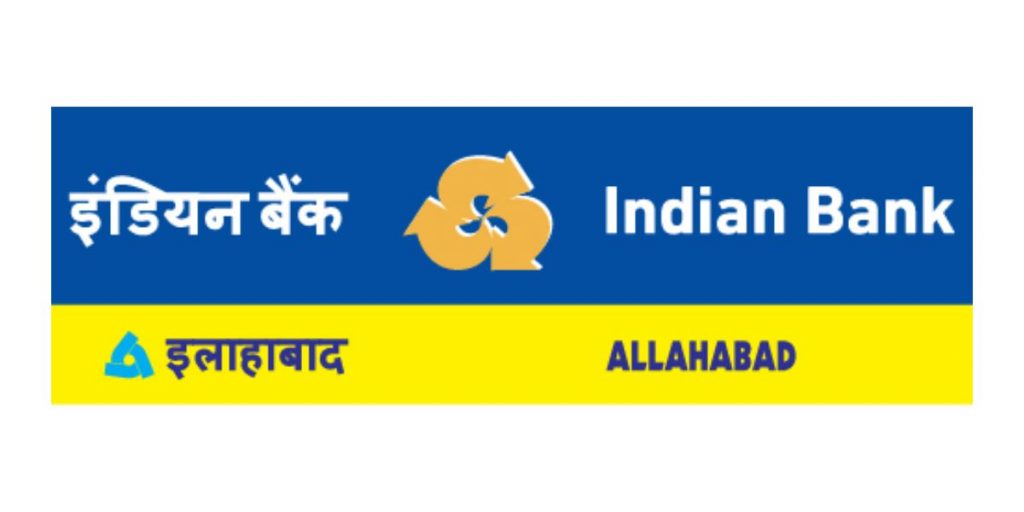
One of the major government banks, Indian Bank, was founded as Indian Bank Limited in March 1907 but started functioning in August 1907. Later in July 1969, it became a nationalised bank and was renamed Indian Bank. Like other nationalised banks, it also offers a wide range of general banking services to suit the requirements of modern-day customers, such as deposit accounts, debit and credit cards, net banking, loans, investment, and more. Indian bank also has overseas branches in Colombo, Singapore, and more. Besides this, it has Subsidiary companies, including IndBank Merchant Banking Services Ltd., IndBank Housing Ltd, and IndFund Management Ltd.
- Founded: 15 August 1907
- Headquarters: Chennai, India
- MD & CEO: Shanti Lal Jain
- Braches (2022): 5,744
- ATMs (2022): 5,428
- The number of employees (2022): 39,734
7. Central Bank of India
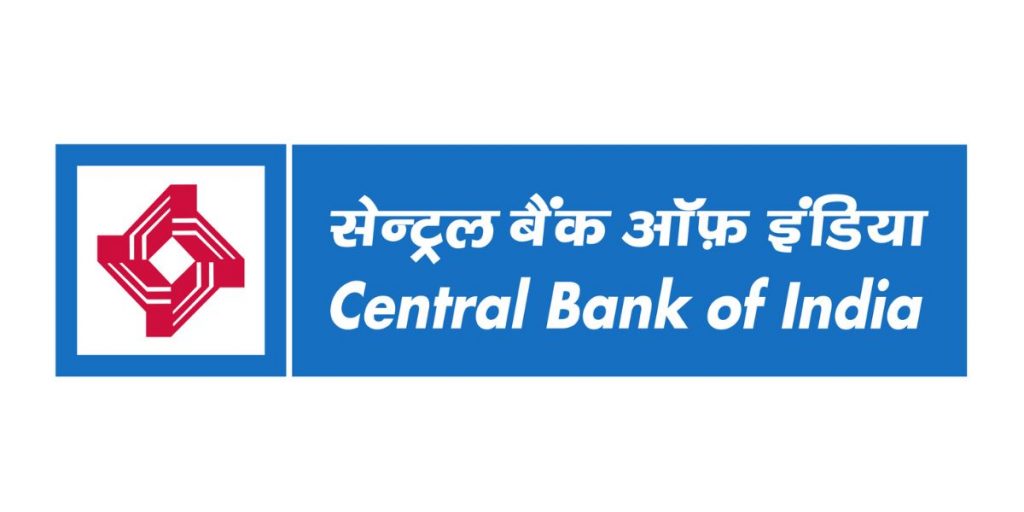
The Central Bank of India, founded in 1911 by Sir Sorabji Pochkhanawala, was the first commercial bank in the country that was fully owned and managed by Indians. This truly swadeshi bank was proclaimed as the ‘property of the nation and country’s asset. It functions majorly in deposits, investments, and lending money, and besides this, it provides credit and debit, funds transfer, cash management, and more. The bank covers all the segments of the society like agriculture, MSME, corporate, NRI, etc. Apart from serving Indians, it helped create the Central Exchange Bank of India in London around 1936, the first Indian exchange bank.
- Founded: 21 December 1911
- Headquarters: Mumbai, Maharashtra, India
- MD & CEO: Matam Venkata Rao
- Braches (2020): 4594
- Satellite Offices: 10
- ATMs (2021): 3,644
- The number of employees (2021): 32,335
8. Indian Overseas Bank
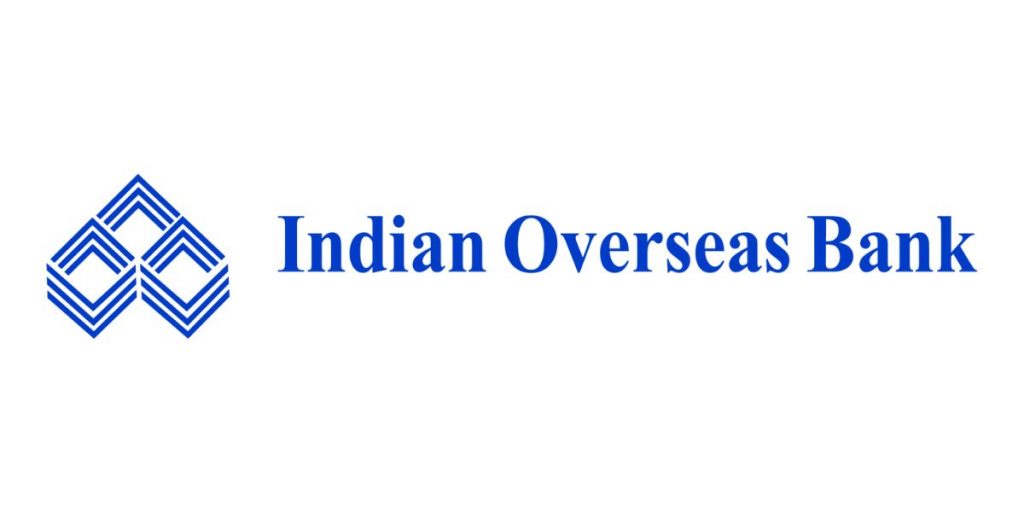
M. Ct. M. Chidambaram Chettyar established the Indian Overseas Bank in 1937 to promote foreign exchange operations and overseas banking transactions in the country. At the dawn of Independence or its nationalisation in 1969, it had 38 branches in India and 7 branches abroad. Today, it has its presence in 4 Countries named Singapore, Hongkong, Thailand and Srilanka. Unlike others, it is the only Indian-origin banking service offering services in the Royal Kingdom of Thailand since 1947. When it comes to offerings, it has a wide range of products and services for personal banking, NRI’s, Agriculture, Retail, MSME, etc. It also offers digital banking and doorstep banking services.
- Founded: 10 February 1937
- Headquarters: Chennai, Tamil Nadu, India
- MD & CEO: Partha Pratim Sengupta J
- Braches (2021): 3,214
- ATMs (2021): 3270
- Number of employees (2021): 23,579
9. Punjab and Sind Bank

Started in Amritsar, Punjab, in 1908 by Bhai Vir Singh, Sir Sunder Singh Majitha, and Sardar Tarlochan Singh, Punjab & Sind Bank aimed to serve the then Sind and Punjab areas of colonial India. It was committed to helping the weaker section of the society in economical endeavours and helping them in enhancing their standard of living. Decades later, the bank still stands with this commitment. Punjab & Sindh Bank was one of the six banks that were nationalised in the second wave of nationalisation. The bank offers several services, such as deposits, personal banking, investments, international banking, etc., along with digital banking and social banking services.
- Founded: 24 June 1908
- Headquarters: Rajendra Place, New Delhi, India
- MD & CEO: Shri Swarup Kumar Saha
- Braches (2021): 1531
- ATMs (2021): 1450+
- The number of employees (2020): 8862
10. UCO Bank
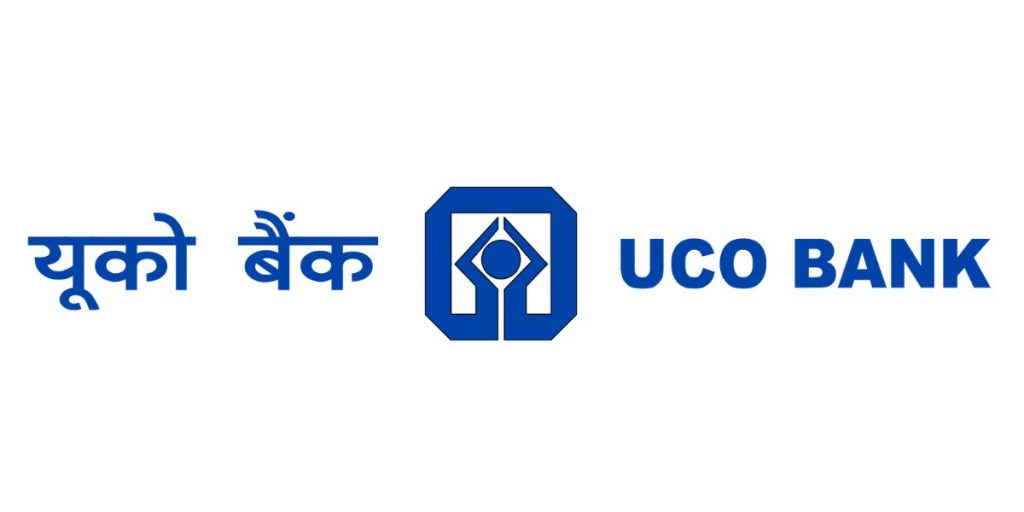
Formerly known as United Commercial Bank, UCO bank was founded in 1943 by Ghanshyam Das Birla. Later, it got nationalised in 1969 along with 13 other banks. Over the years, it took active financial participation in all segments of the economy and has managed to operate in major international financial centres, Hong Kong and Singapore. It also undertakes Foreign Exchange Business in India in over 50 centres and Foreign Exchange Dealing Operations in 1 centre. With country wide presence and strong capital base, UCO Bank’s board of directors includes representatives from the government and the Reserve Bank of India.
- Founded: 6 January 1943
- Headquarters: Kolkata, West Bengal, India
- MD & CEO: Soma Sankara Prasad
- Braches (2020): 3,078
- ATMs (2020): 2,564
- Number of employees (2021): 22,012
11. Union Bank of India
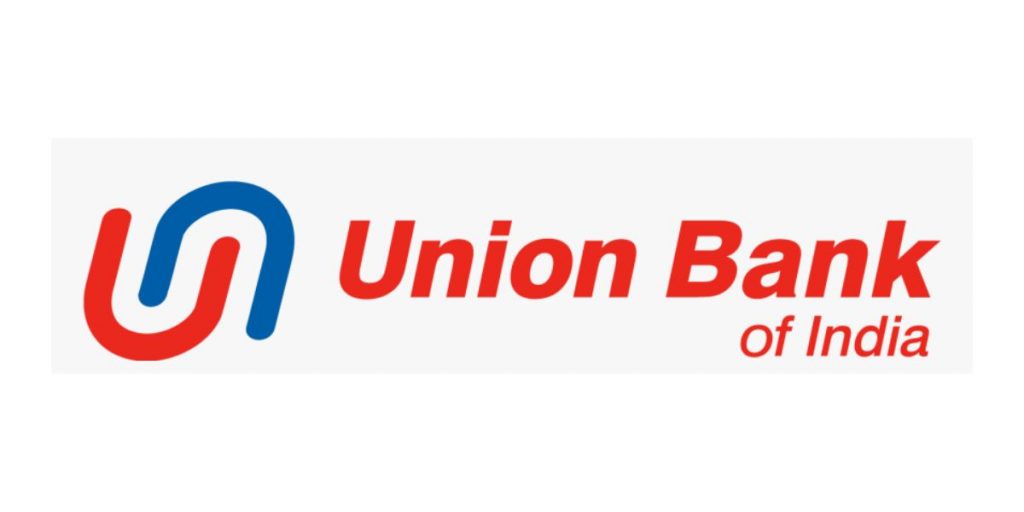
Union Bank of India, widely known as UBI, is one of the best government banks that has served over 120+ million customers since its inception. It is one of the leading public sector banks which got amalgamated with Corporation Bank and Andhra Bank in 2020. This made it one of the largest PSU banks in terms of branch numbers. Apart from having a solid network of branches in the country, it operates overseas in Hong Kong, Dubai, Antwerp, and Sydney. The bank also has representative offices in Shanghai, Beijing and Abu Dhabi. It is highly regarded for its services in multiple sectors like technology, digital banking, MSME, financial inclusion, and development of human resources.
- Founded: 11 November 1919
- Headquarters: Mumbai, Maharashtra, India
- MD & CEO: Shri Rajkiran Rai G
- Braches (2021): 9,316
- ATMs (2021): 12,957
- Number of employees (2021): 78,202
12. Bank of India
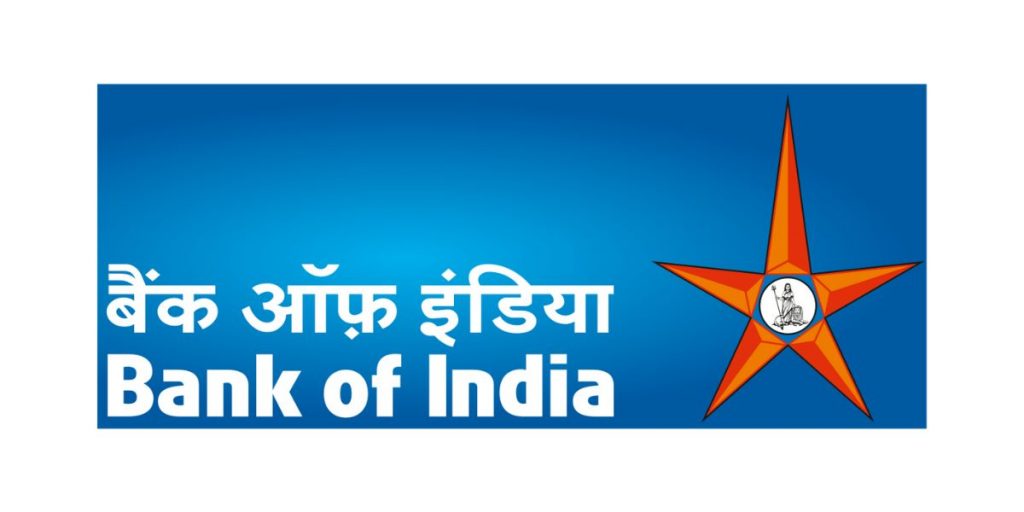
Bank of India (BOI), founded in 1906, has been one of the reputed government banks in India, with a substantial national and international presence. Since this bank is a founder member of SWIFT (Society for Worldwide Inter Bank Financial Telecommunications), it offers cost-effective financial processing and communication services to its customers. It provides all general banking services and functions in three different segments named Wholesale, Retail, and Treasury.
- Founded: 7 September 1906
- Headquarters: Mumbai, India
- MD & CEO: Atanu Kumar Das
- Braches (2021): 5,430
- ATMs (2021): 5,551
- Number of employees (2021): 51,459
Final Word
Banking is one of the major sectors of any country. It decides the country’s performance in the economic area and helps the public meet their growing financial needs. In India, banking is classified into private and public banks where 12 are nationalised, or government-owned banks and the rest are operated by private partners. In this article, we have mentioned the entire list of public banks. Go through the list and pick one of the best government banks for parking your hard-earned money, taking loans, or enjoying other banking or financial services.
FAQs
How many government banks are there in India?
As per the RBI government bank’s list, there are a total of 12 government banks in India as of 2022.
Why were banks nationalised in India?
Several important factors count for the nationalisation of banks. However, the prominent ones are–
- Social welfare
- Development and expansion of the sector
- To have control over monopolies
Which is the first government bank in India?
The first bank to be nationalised in India was the RBI in 1949. This was followed by Punjab and Sind Bank, Corporation Bank, Andhra Bank, Vijaya Bank, Oriental Bank of Commerce, and New Bank of India in 1980.
What is meant by the nationalisation of banks?
Nationalisation of banks means the process wherein the government takes over a bank with over 50% of the ownership. After nationalisation, the government has the right to bring any subjective changes or modifications for better growth and development.
When were banks nationalised in India?
Banks were first nationalised in India on 19 July 1969. The government issued the Banking Companies Ordinance and nationalised the 14 largest commercial banks. Later they carried out a second wave of nationalisation in 1980, wherein they took over 6 more banks.
Are nationalised banks safe in India?
Due to a minimum of 50% ownership by the Indian government, nationalised banks are considered to be the safest in the banking industry. The government provides guarantees against bankruptcy, making them a safer option.

